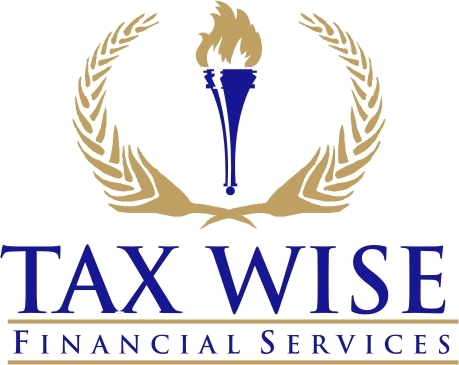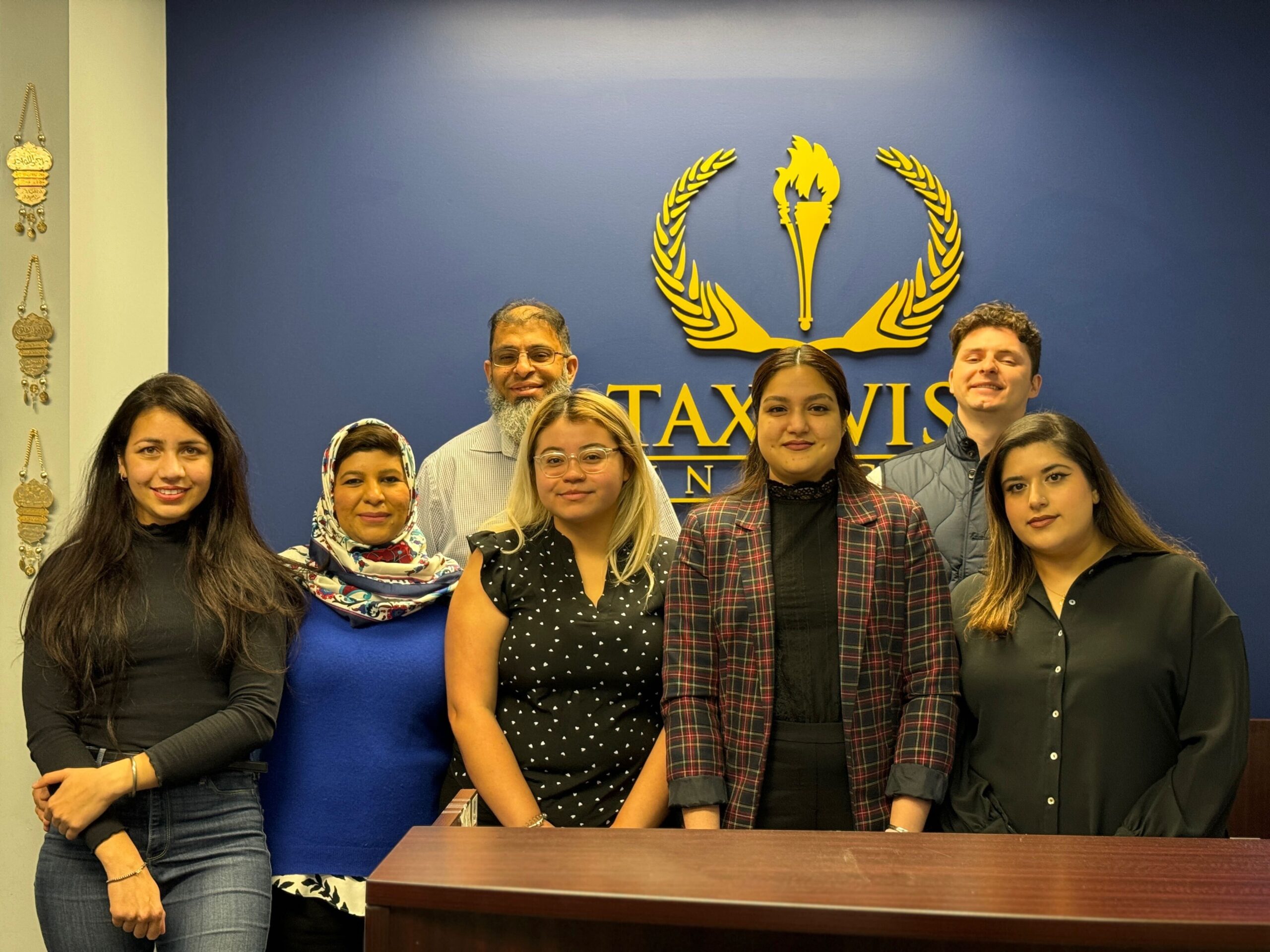
Introduction
When it comes to retirement planning, one strategy that’s gaining attention in 2025 is tax savings from rolling a Traditional IRA into an employer plan. Many Americans hold both IRAs and 401(k)s, but few realize that consolidating can unlock tax benefits, simplify management, and improve long-term savings. In this guide, we’ll explore how a rollover could save you money on taxes, when it makes sense to keep accounts separate, and how to use tax-saving investments to grow your retirement wealth.
Why Tax Savings Matter When Rolling a Traditional IRA
Tax savings from rolling a Traditional IRA into an employer plan can be significant—especially if handled correctly. When you move your IRA to an employer-sponsored plan such as a 401(k) or 403(b), you can:
- Preserve tax-deferred growth on your retirement funds.
- Possibly delay Required Minimum Distributions (RMDs) if you’re still working.
- Simplify management by combining multiple accounts.
- Access institutional investment options with lower fees, improving after-tax returns.
👉 Related reading: How to Build Tax-Efficient Investment Portfolios
Understanding Tax Savings When Rolling a Traditional IRA into Employer Plans
Rolling a Traditional IRA into an employer plan, such as a 401(k), is not just an administrative task—it’s a strategic tax move. Let’s explore the major advantages that can yield genuine tax savings.
1. Maintain Tax-Deferred Growth
When done through a direct rollover, your funds move trustee-to-trustee—meaning you avoid immediate taxation. Your money continues to grow tax-deferred until you withdraw it in retirement. According to the IRS’s official guidance, direct rollovers help ensure you don’t trigger income taxes or penalties.
2. Delay RMDs for Bigger Long-Term Savings
If you’re still working for the company that sponsors your employer plan, you can delay taking Required Minimum Distributions until after retirement. This delay can result in major tax savings because it keeps more money invested longer—potentially compounding tax-deferred.
3. Access Lower-Cost, Tax-Smart Investments
Employer plans often provide access to institutional share classes of mutual funds with reduced expense ratios. Lower fees mean more net growth and less drag on your returns—another form of long-term tax savings.
Is It Smarter to Consolidate or Keep the IRA Separate for More Tax Savings?
One of the biggest debates around tax savings when rolling a Traditional IRA into an employer plan is whether to consolidate or not. Here’s a breakdown of both options.
✅ Consolidating Your IRA into the Employer Plan
Pros:
- Simplifies management—fewer accounts and statements.
- Maintains tax-deferred status.
- Potentially delays RMDs while still employed.
- Employer plans offer stronger ERISA creditor protections.
- Easier to manage your tax-saving investments in one place.
Cons:
- Investment menu might be limited.
- You may lose certain IRA flexibility (like alternative investments).
- Leaving the employer could require another rollover later.
👉 Learn more: Understanding Required Minimum Distributions
❌ Keeping Your IRA Separate
Pros:
- Broader investment options—ETFs, real estate, or private assets.
- More control over withdrawals and tax-timing strategies.
- Easier to execute Roth conversions or backdoor strategies.
Cons:
- RMDs start at age 73, even if you’re still working.
- Potentially higher fees.
- More accounts to manage, which complicates tax planning.
Choosing the Right Path for Maximum Tax Savings
To decide which approach produces better tax savings, consider:
- Your age and employment status: Still working past 73? Consolidation may help delay RMDs.
- Your plan’s fees and options: Employer plans with low costs favor consolidation.
- Your long-term investment strategy: If you want flexibility, keeping an IRA may suit you better.
- Your tax bracket now vs. in retirement: Consolidation can help smooth taxable income across years.
Strategies for Tax-Saving Investments After Rolling Over
After rolling over your Traditional IRA into an employer plan, don’t stop at consolidation—optimize your investment mix for tax efficiency.
Tax-Saving Investment Tips
- Place tax-inefficient assets (bonds, REITs) inside the tax-deferred employer plan.
- Use index funds or ETFs for taxable accounts to reduce ongoing tax exposure.
- Rebalance annually to maintain risk levels and reduce capital gains surprises.
- Consider Roth conversions during low-income years for strategic tax savings.
- Take advantage of employer matching contributions for extra tax-advantaged growth.
Example: How a Rollover Created Real Tax Savings
Let’s look at an example.
Case Study – Sarah (Age 59)
- $200,000 Traditional IRA
- $300,000 401(k) with her employer
- Planning to work until 67
By rolling her IRA into her 401(k), Sarah:
- Avoided triggering taxable income.
- Qualified to delay RMDs until after full retirement.
- Consolidated to access lower-fee index funds in her plan.
- Reduced her future taxable income by roughly $6,000 per year (projected).
Sarah’s consolidation achieved smoother management, better fund pricing, and tangible tax savings from rolling her Traditional IRA into an employer plan.
Implementation Steps
Here’s how to roll your Traditional IRA into an employer plan correctly for optimal tax savings:
- Confirm your plan allows roll-ins.
- Request a direct rollover (trustee-to-trustee).
- Review investment options and align them with your tax-saving investment strategy.
- Track contributions and records to avoid double-counting basis amounts.
- Consult a tax advisor to ensure you don’t inadvertently create taxable events.
For more information, see the IRS guide to rollovers.
Common Mistakes That Can Reduce Tax Savings
- Using an indirect rollover instead of a direct one (can cause taxes and penalties).
- Missing the 60-day rollover deadline if you handle funds yourself.
- Ignoring plan restrictions or fees.
- Forgetting to update your beneficiary designations after the transfer.
Final Thoughts
Rolling a Traditional IRA into an employer plan can be one of the smartest ways to generate tax savings in 2025—if done strategically. By understanding how tax rules apply, comparing plan options, and aligning your portfolio with tax-saving investments, you can preserve more of your retirement wealth and simplify your financial life.
Key takeaway: Whether you consolidate or keep your IRA separate, prioritize the approach that maximizes tax-deferral, reduces unnecessary taxes, and fits your overall retirement strategy.
At TaxWise Corp, we help small business owners across the USA navigate the complex tax landscape, optimize deductions, and protect their financial future. Don’t leave money on the table, start planning today!
Contact TaxWise Corp to schedule your 2025 Tax Planning Consultation and ensure your business saves every possible dollar.


